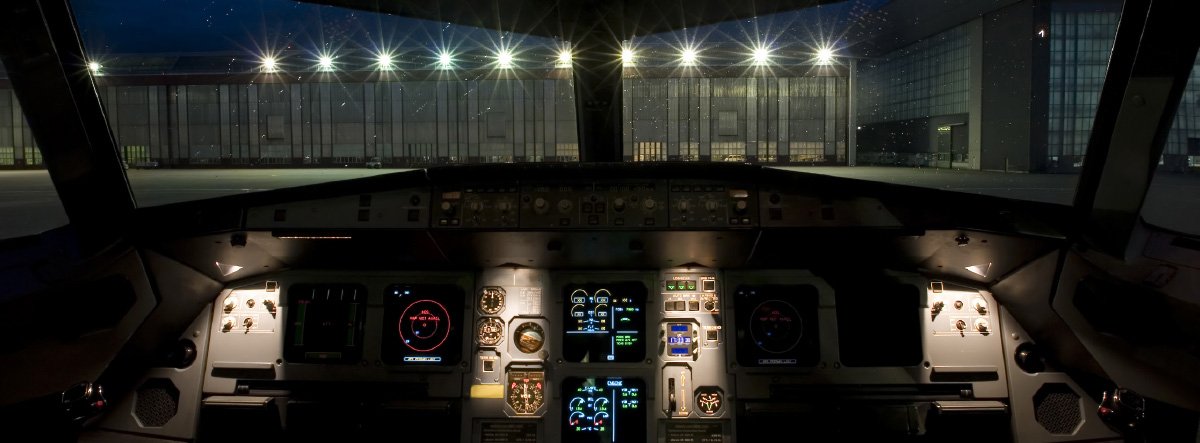Performance plastics offer many advantages to the aerospace industry. When considering material choices, the priority is safety. Performance plastics can meet the flammability requirements for use on airplanes, as well as some less obvious safety requirements of other aircraft components.
For example, airplanes are subjected to many harsh conditions daily, due to climate and chemical exposure. Some performance plastics can withstand wide temperature swings and corrosive chemicals. Designers and engineers look for interior components that can hold up to frequent cleaning using chemicals that keep passengers protected from illness and are tough on the parts.
Those are considerations for the aircraft, but what about applications focused on passengers, pilots and ground crews? For example, the instrumentation panels that provide critical data to the pilots require plastics that protect them as well as enhance the visibility of that information, whether it’s during the bright light of day or the dark of night.
While instrumentation plays a critical role in a pilot’s ability to take off and land safely, visibility in the air and on the ground is also essential. Performance plastics used in the windshields must be able to withstand high impact and resist scratching.
Pilots spend many hours exposed to strong sunlight, so cell cast acrylic sheet that blocks out significant amounts of near-infrared radiation while maintaining high visible light transmission helps lower temperatures and block harmful UV rays.

Some examples of performance plastics and the applications used in the aerospace industry include:
- Seating and structural components such as bulkheads, galley areas using acrylonitrile-butadiene-styrene (ABS), PVC/Acrylic, PVC/ABS, and thermoplastic polyolefin (TPO), possibly with laminated decorative films and/or embossing
- Flame-rated sheet used in shims in batteries
- Cell Cast and Stretched Acrylic — Military, commercial and general aviation glazing for fixed and rotary wing:
- Aircraft transparencies
- Helicopter bubbles
- Cabin windows
- Edge-lit illuminated panels
- Wing tip lenses
For everyone on a flight, getting to the destination is the top concern. However, airlines looking to differentiate themselves are also searching for ways to make passengers feel more comfortable. Therefore, the interior look-and-feel of the aircraft aren’t to be overlooked. There are few limitations to ways plastic sheet can be manufactured and finished to create a comforting and welcoming environment. Decorative and embossed films laminated to thermoformed plastic sheet can be a beautiful yet cost-effective method to improve aesthetics.